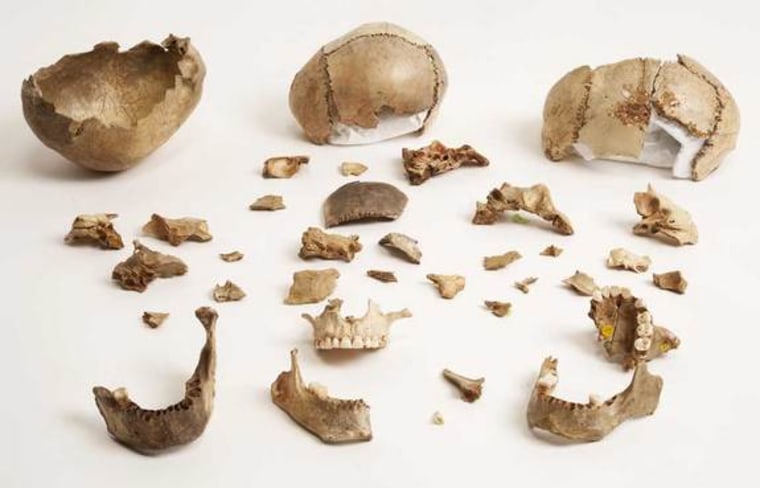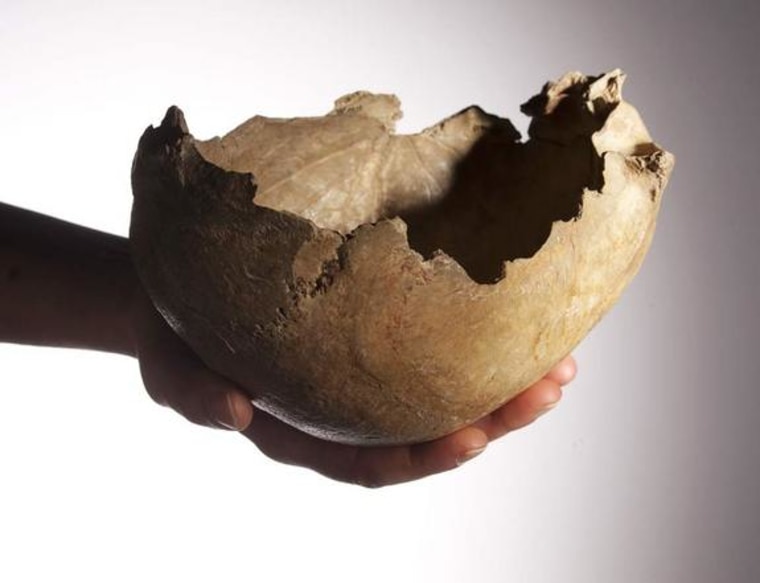It seems as though ancient cannibals had a "waste not, want not" attitude. That is the suggestion made by the discovery of Ice Age cups made from human skulls — what may be the earliest ones known, scientists say.
Human skulls have been made into macabre cups and bowls for thousands of years. For instance, in the fifth century B.C., ancient Greek historian Herodotus portrayed the Scythians as people who drank from the skulls of their enemies, and similar traditions have been described by the ancient Chinese historian Sima Qian in the first or second centuries B.C.
Still, archaeological evidence of how skull cups were made is extremely rare. Now scientists have discovered three skull cups in England that are roughly 14,700 years old, the earliest ones that researchers have confirmed ages for and the only ones known so far from the British Isles.
In a site known as Gough's Cave in Somerset, England, skull fragments from at least five people were found — a young child about 3 years old, two adolescents, an adult and an older adult. There were signs that their lower jaws had the marrow sucked out, suggesting cannibalism occurred.

Cut marks and dents on the bones suggest they were scalped and scrupulously scraped clean of skin and flesh with flint tools shortly after death. The crafters then removed the face bones and bases of the skulls from the adults and the 3-year-old, meticulously chipping at the broken edges of the resulting cups, possibly to straighten their rims.
"Possibly the most surprising thing is how skilled at manipulating human bodies these early humans were," researcher Silvia Bello, a paleontologist at the Natural History Museum in London, told LiveScience. "It was a very meticulous process that just proves how technologically advanced this population was. It also demonstrates a very complex funerary behavior."
"It's impossible to know how the skull cups were used back then," said researcher Chris Stringer, a paleoanthropologist at the Natural History Museum. "But in recent examples, they may hold blood, wine or food during rituals."
A precise cast of the skull cup from the adult individual will go on display at the Natural History Museum in London on March 1 for three months.
The scientists detailed their findings online Wednesday in the journal PLoS ONE.
